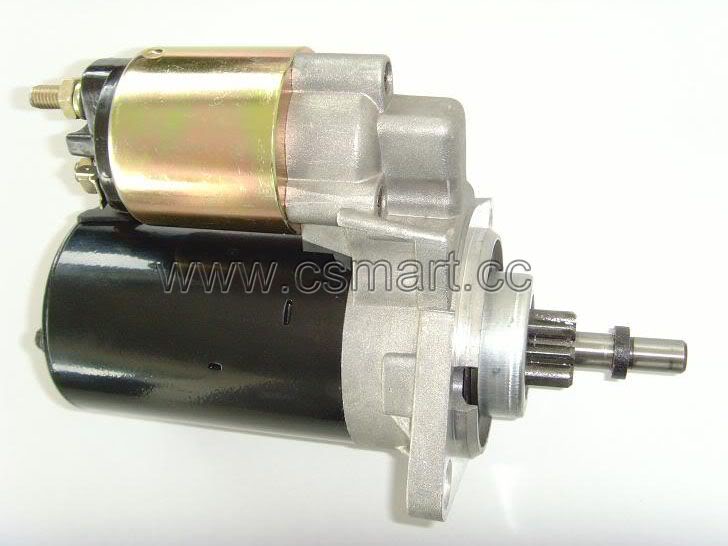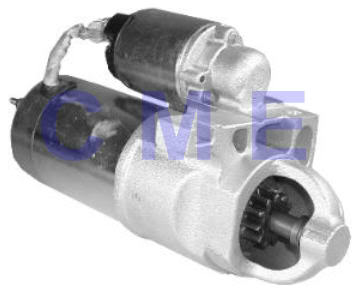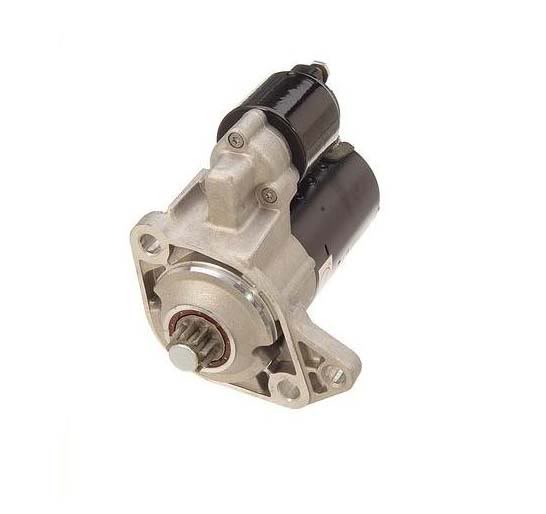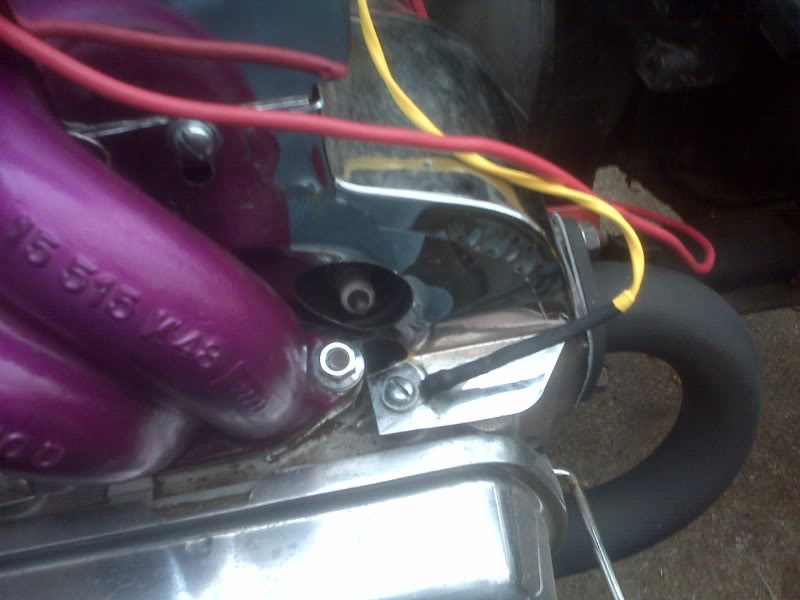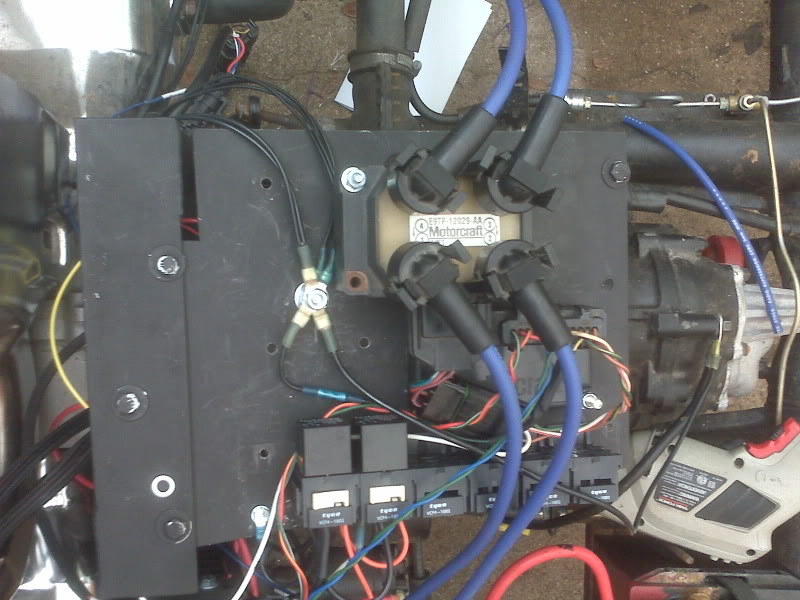The engine is running and there’s not much tuning I can do with it until the trike is on the street. I did manage to install a fuel pressure gauge for help troubleshooting. Besides, it looks cool.
While I was typing this, the trim shop called and the upholstery is done! It will be tomorrow before I can get by there, but I’m excited about it…
I am working on chassis tasks, including chassis wiring. The nerve center for the rest of the wiring is the speedometer and the handlebar switch. The speedometer also has odometer, tachometer, fuel gauge, clock, and six indicator lights, all of which are spoken for. The handlebar switch has switches for headlights, high beam, turn signals, horn and a momentary kill switch that I am going to use for the starter. Between these two units, there are 20-someodd wires that need to go *somewhere*. Since they both mount on the handlebar, I started there.
You may recall that the trike appears to have been in a wreck somewhere in it’s distant past. The handlebar was bent in that collision. I’m not 100% sure which, if indeed either, of the two bars is in unbent condition, but I elected to pay my attentions to the righthand and make it match the left.
I must apologize for not getting a ‘before’ picture. Using my newly acquired torch, I heated the lowest bend as evenly as I could and lifted the bar to match the left. This left the upper section slightly higher than it’s mate, so I heated the middle bend and pressed down to match the left. Then, viewed from the driver seat, the end of the grip section was pointed downward. I again heated the middle bend, but this time imparted a twist rather than a simple bend until the two match as closely as I can judge.
Please ignore that the bars are not mounted straight on the forks. That joint is not important to this particular operation. It will be important when it’s on the road, just not yet.
I then layed out the location for the speedometer and cut a piece of 1/8″ mild steel, shaped to fit at an angle between the bars and brazed in place.
While I hope to eventually re-chrome the bars, for now they just need to look better than this, so I sanded them to rough up the old chrome a bit, cleaned it with acetone and applied the same two part Krylon X-Metal treatment as I’ve used on the engine trim pieces.






